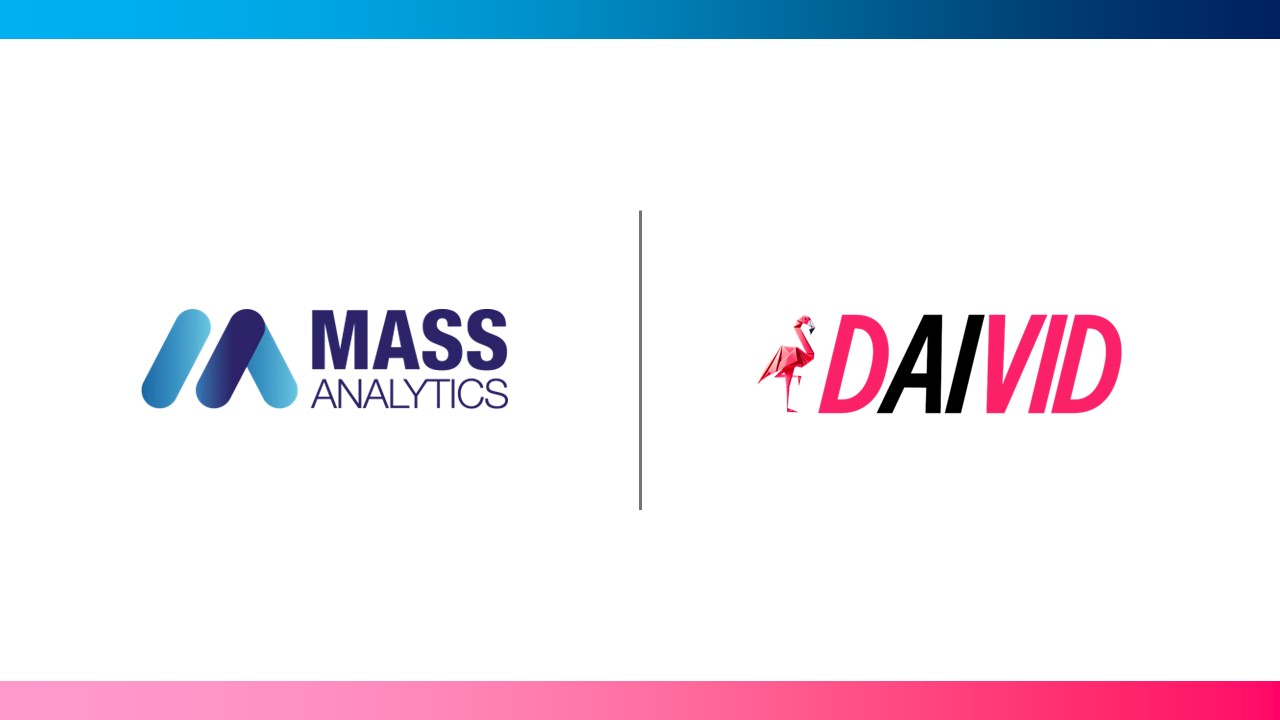In today’s marketing landscape, marketers find themselves in an avalanche of media channels offering multiple choices of investment and complex customer decision-making processes. Hence, understanding the dynamics of the different touch-points and variables impacting the performance of campaigns and sales is crucial.
Marketing attribution decomplexifies this landscape. In that, it allows marketers to disentangle and measure the impact of their marketing efforts. At its core, marketing attribution consists in crediting each income/outcome stream to the right source of impact. Meanwhile, it takes into consideration synergy, saturation, and halo effects.
The size of the marketing attribution market is expected to grow to US$ 3.6 billion by 2023 (Markets and Markets). This growth opens doors to further adoption from internal marketing teams.
Internal marketing analytics team:
Investing in an internal marketing analytics team to perform the attribution work is a trend that a number of brands have followed. It allows them better control and reactiveness to market changes. This, in turn, leads to a significant increase in the overall competitiveness and efficiency of the business.
However, in order to succeed in the journey from outsourcing to insourcing, it is crucial that decision-makers think about two crucial elements:
- The human resources and the training that is necessary to ensure the delivery of internal marketing analytics projects.
- The technology to be adopted to enable internal teams. This is necessary to streamline the delivery of the projects and ensure the necessary scalability and repeatability.
Internalizing analytics will enhance the demand for ready and easy-to-use technologies that allow internal teams to run marketing attribution projects smoothly and efficiently. The availability and maturity of DIY software solutions are, therefore, crucial for the larger adoption of insourced analytics. The latter is one of the strategic decisions CMOs need to take.
So what are the advantages of self-serve marketing attribution?
Companies that are new to the field of Marketing Attribution generally opt for an external partner to run their attribution work. This allows them to enjoy their white-glove service and benefit from their cross-industry expertise and the efficiency of their processes.
On the other hand, companies that have a long history of running attribution modeling through external partners, start to feel the need to be more hands-on. This ensures quicker responsiveness to market changes and better deployment and adoption of these methods within the business.
There is a number of benefits to this approach from which we cite:
- Timely Responsiveness: internal teams are close to the business and are prompted on a daily business about the latest development. Hence placing them well to gear the attribution work towards answering the most pressing business questions and diving deeper in the most important direction.
- Limit external share of sensitive data: With the spread of legislation controlling the use of data, internalizing attribution limits the exposure to this growing concern.
- Improved Transparency: Having analytics teams on-site improves transparency. The different stakeholders can get involved in improving and checking the accuracy of data, results, and recommendations
- Increased Flexibility: this is particularly important in the context of project updates frequency that becomes indexed to the changing requirements of the business. This doesn’t apply to what has been agreed upon in the initial contract as things tend to change quite rapidly.
- Enlarged Scope: Having the support of internal teams means that they could model more products/channels. In this case, the size of the market and the size of the media budget deployed do not matter. These factors tend to usually restrict the scope of the attribution work.
The growth of data sources, media channels and the increased demand for attribution pushes some businesses to adopt a DIY approach. Especially when they are used to running this type of analytics through external partners. This approach reveals a certain number of advantages. However, it is very important that brands that decide to go down this route make sure they pile all the success factors prior to the implementation. Having the right resources, the right technology, and the right level of training are important ingredients to make the transition smooth. They’re also crucial to the success of the DIY method in the long run.







